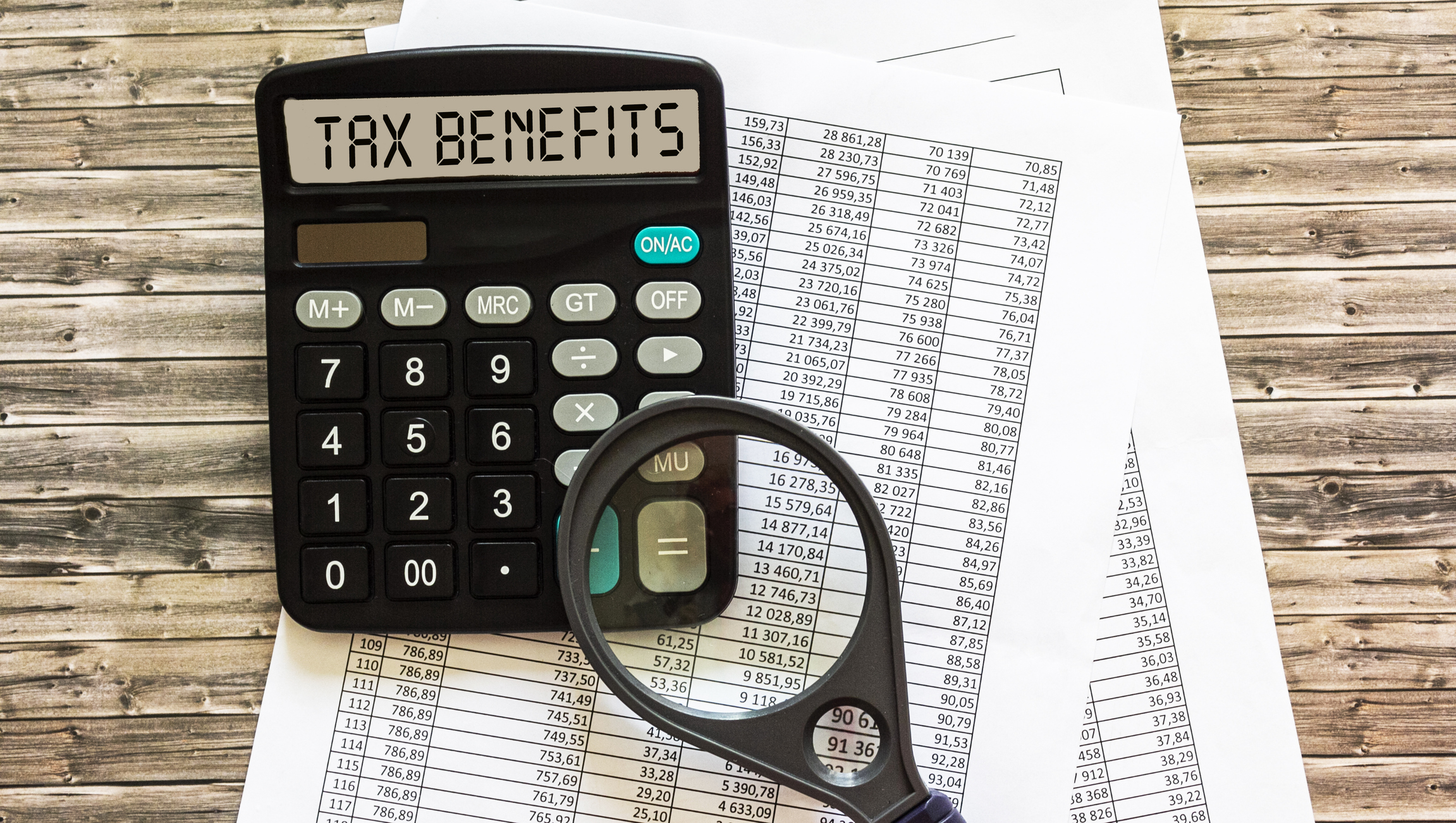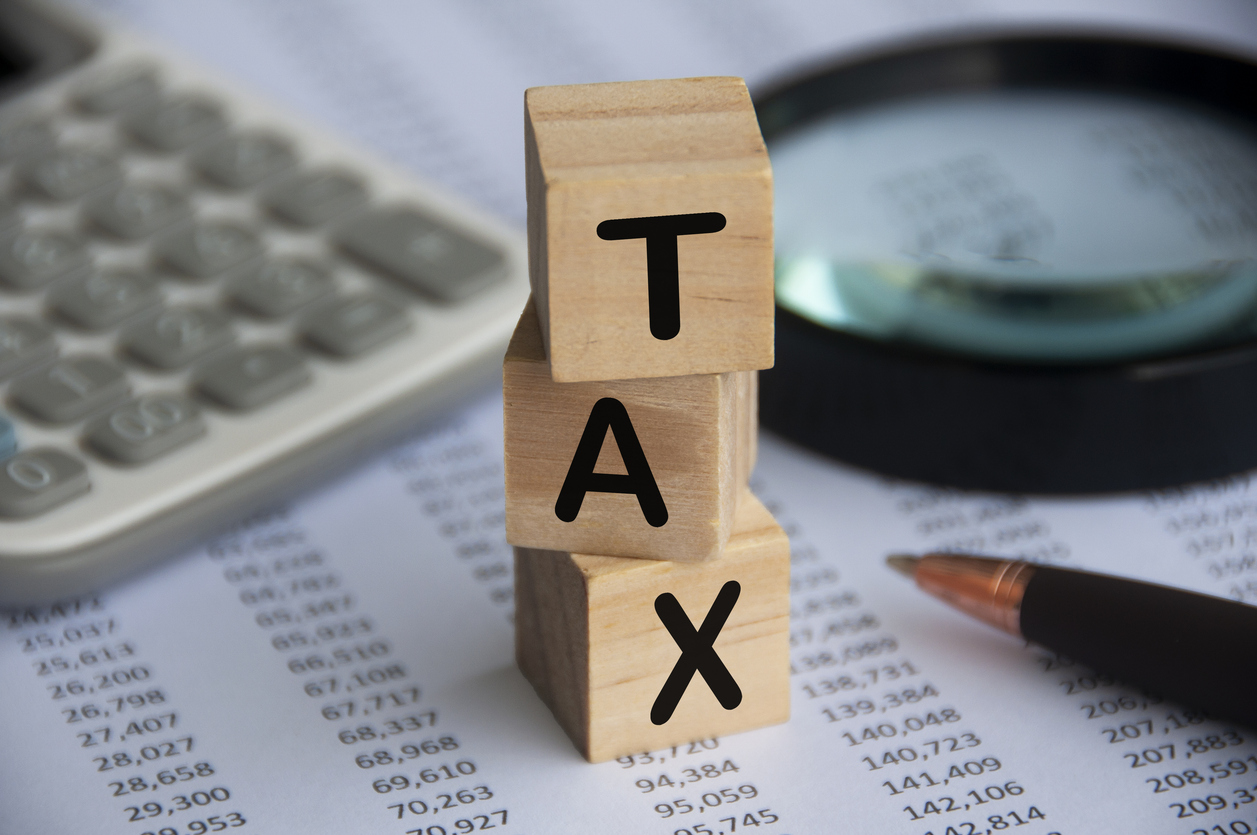Deduction Under Section 80CCD of Income Tax Act

Looking for smarter ways to reduce your taxable income? Section 80CCD of the Income Tax Act provides deductions for contributions made to pension schemes, such as the National Pension System (NPS)—a popular tax-saving option for both salaried and self-employed individuals, so whether you're investing for long-term growth or simply aiming to optimise your tax outgo this year, understanding how 80CCD(1), 80CCD(1B), and 80CCD(2) work can help you make informed decisions.
What is Section 80CCD?
Section 80CCD of the Income Tax Act 1961 offers tax deductions to individuals who contribute to government-notified pension schemes, primarily the National Pension System (NPS). It encourages long-term savings by providing tax relief on both self-contributions and employer contributions. The section is split into three parts:
- 80CCD (1) covers individual contributions (within the overall ₹1.5 lakh limit under Section 80C)
- 80CCD(1B) offers an additional deduction of up to ₹50,000
- 80CCD (2) applies to employer contributions, with no monetary ceiling but subject to percentage-based caps.
Together, these provisions help salaried and self-employed individuals reduce taxable income while building a financial cushion for the future.
Exploring Section 80CCD(1B): Additional Deduction Benefits
Section 80CCD(1B) provides an additional tax deduction of up to ₹50,000 for individual contributions to the National Pension System (NPS) over and above the ₹1.5 lakh limit under Section 80C. This exclusive benefit is available to both salaried and self-employed individuals. It's a popular choice for those looking to maximise their tax savings while investing in a regulated, long-term pension scheme aimed at securing their financial future.

Section 80CCD (2): Employer Contributions and Tax Implications
Section 80CCD (2) allows a tax deduction for contributions made by an employer to an employee's NPS account. This benefit is in addition to the limits of Sections 80C and 80CCD(1B). The deduction is capped at 10% of the salary (basic plus dearness allowance) for private sector employees and 14% for central government employees. This provision not only reduces the employee's taxable income but also encourages employer-supported retirement planning.
Comparative Analysis: Section 80CCD (1) vs 80CCD(1B) vs 80CCD (2)
Understanding how each part of Section 80CCD works can help you maximise your tax savings while contributing to a pension scheme like NPS or Atal Pension Yojana. While 80CCD (1) and 80CCD(1B) deal with self-contributions, 80CCD (2) applies to employer contributions and comes with its own benefits. Here's a quick comparison to help you make sense of it all:
| Sections | Description | Deduction Limit |
| 80CCD (1) | Employee contributions to NPS/Atal Pension Yojana up to 10% of salary + dearness allowance | Up to ₹1,50,000 |
| 80CCD (2) | Employer contributions to NPS/Atal Pension Yojana | Up to 10% of basic + dearness allowance (14% for central government employees) |
| 80CCD(1B) | Self-contributions to NPS and Atal Pension Yojana above the Section 80CCD (1) limit | Up to ₹50,000 |
Note: Deductions under Section 80CCD(1B) and 80CCD (2) are over and above the ₹1.5 lakh limit available under Section 80C.
Eligibility Criteria for Deductions under Section 80CCD
To claim deductions under Section 80CCD, certain eligibility conditions must be met. These criteria ensure that benefits are available only to those contributing to approved pension schemes, such as the NPS or Atal Pension Yojana.
Individual Assesses
Only individual taxpayers—both salaried and self-employed—are eligible. Hindu Undivided Families (HUFs) and other entities are not eligible to claim this deduction.
Indian Citizens and NRIs
Both resident and non-resident Indians (NRIs) can claim deductions for contributions to NPS, subject to the same limits.
Age Limit
The individual must be between 18 and 70 years of age at the time of joining the NPS or Atal Pension Yojana.
Mode of Contribution
Contributions must be made to a notified pension scheme, such as the NPS or APY, through the proper channels, including both online and offline methods.
Employer Contributions (for Section 80CCD (2)
Only salaried employees who receive NPS contributions from their employer are eligible under this subsection.
National Pension Scheme (NPS) under Section 80CCD
The National Pension Scheme (NPS) is a voluntary, long-term retirement savings scheme regulated by the Pension Fund Regulatory and Development Authority (PFRDA). Contributions made to NPS are eligible for deductions under Section 80CCD (1), 80CCD(1B), and 80CCD (2), depending on who contributes. It offers a mix of equity and debt investment options, making it a flexible tax-saving tool suitable for both salaried and self-employed individuals.
Atal Pension Yojana (APY) and its Tax Benefits under Section 80CCD
The Atal Pension Yojana (APY) is a government-backed pension scheme designed to provide a guaranteed monthly pension to workers in the unorganised sector. Contributions made to APY are also eligible for deductions under Section 80CCD, subject to the applicable limits. The scheme offers predefined pension slabs and is best suited for individuals seeking stable post-retirement income. Like NPS, APY also promotes disciplined long-term savings with added tax benefits.
Tax Treatment of Withdrawals and Maturity Proceeds under NPS and APY

Withdrawals from NPS are partially tax-exempt. At maturity, up to 60 per cent of the corpus can be withdrawn as a lump sum, with the full amount being tax-free. The remaining 40 per cent must be used to purchase an annuity, which is taxable as income. In the case of APY, the pension received after retirement is taxable. It's essential to plan withdrawals with these tax implications in mind.
Impact of New Tax Regime on Section 80CCD Deductions
Under the new tax regime introduced in 2020, most exemptions and deductions, including those under Section 80CCD, are not available unless specifically allowed. If a taxpayer opts for the new regime, deductions under Section 80CCD (1) and 80CCD(1B) cannot be claimed. However, employer contributions under Section 80CCD (2) are still allowed. Taxpayers must carefully compare the old and new regimes to decide which one offers greater overall benefit.
Common Mistakes to Avoid While Claiming Section 80CCD Deductions
Avoiding common errors while filing for deductions under Section 80CCD can help ensure you receive the full benefits without issues.
Claiming 80CCD(1B) Within the 80C Limit
Many taxpayers mistakenly include 80CCD(1B) within the ₹1.5 lakh Section 80C of Income Tax Act limit, whereas it is available in addition to it.
Overlooking Employer Contributions
Taxpayers often miss claiming deductions under 80CCD (2), which applies separately to employer contributions.
Incorrect Salary Calculation
For 80CCD (2), deductions are based on basic salary plus dearness allowance, not total CTC.
Choosing the Wrong Tax Regime
Claiming these deductions isn't possible under the new tax regime (except 80CCD (2)), so choose wisely.
How Aviva Life Insurance Complements Retirement Planning under Section 80CCD
While Section 80CCD helps you save through pension schemes like the National Pension System (NPS), Aviva Life Insurance products offer additional security and flexibility in retirement planning; with a range of retirement-focused life insurance plans and annuity plans, Aviva allows you to build a diversified financial safety net. These products not only offer protection and savings but also help bridge any retirement income gap not covered by NPS. Together, they form a holistic strategy for long-term financial wellness.
Frequently Asked Questions (FAQs) about Section 80CCD
Q1. Is 80CCD included in 80C?
Section 80CCD (1) is part of the overall ₹1.5 lakh deduction limit under Section 80C. However, 80CCD(1B) offers an additional ₹50,000 deduction beyond the 80C cap.
Q2. What is the distinction between Section 80CCD 1 and Section 80CCD 1B?
Section 80CCD (1) covers employee or self-contributions within the ₹1.5 lakh 80C limit. Section 80CCD(1B) provides an extra deduction of up to ₹50,000 exclusively for additional self-contributions to NPS.
Q3. How much tax is exempt from 80CCD?
You can claim up to ₹1.5 lakh under 80CCD (1) and an additional ₹50,000 under 80CCD(1B). Employer contributions under 80CCD (2) are also deductible, with percentage-based caps.
Q4. Can I claim both 80C and 80CCD?
Yes, you can claim deductions under Section 80C (which includes Section 80CCD (1)) and separately under Section 80CCD(1B) and Section 80CCD (2), depending on your contributions.
Q5. How much can we invest in 80CCD?
There is no upper limit on how much you can invest in NPS; however, the deduction is limited to ₹1.5 lakh under 80CCD (1), ₹50,000 under 80CCD(1B), and 10–14% of your salary under 80CCD (2).
Q6. Can both salaried and self-employed individuals claim deductions under Section 80CCD?
Yes, both salaried and self-employed individuals can claim deductions under 80CCD (1) and 80CCD(1B). However, 80CCD (2) applies only to salaried individuals receiving employer contributions.
Popular Searches
- Term Insurance Plan
- Term Insurance Age Limit
- Term Insurance with Maturity Benefit
- Term Plan in your 30s
- Term Plan Benefits
- Zero Cost Term Insurance
- Ideal Coverage Amount for Term Insurance
- Term Insurance Riders
- What is Term Insurance
- Types of Life Insurance
- Term Insurance with Return of Premium
- Group Life Insurance
- Saral Jeevan Bima
- Life Insurance Plans
- Benefits of Life Insurance
- Life insurance vs Health Insurance
- Life Insurance vs Annuity
- Types of Life Insurance
- What is Life Insurance
- Sum Assured
- Endowment Plans
- Health Insurance Plans
- Cancer Insurance
- Child Insurance Plans
- Cash Value Life Insurance
- Savings Plan
- Guaranteed Savings Plan
- Short Term Investment Plans
- Pension Plans in India
- ULIP Plan
- ULIP Meaning
- ULIP and Riders Options
- ULIP Plan Tax Benefit
- ULIP Benefits
- What is Annuity
 :
:  :
: 



